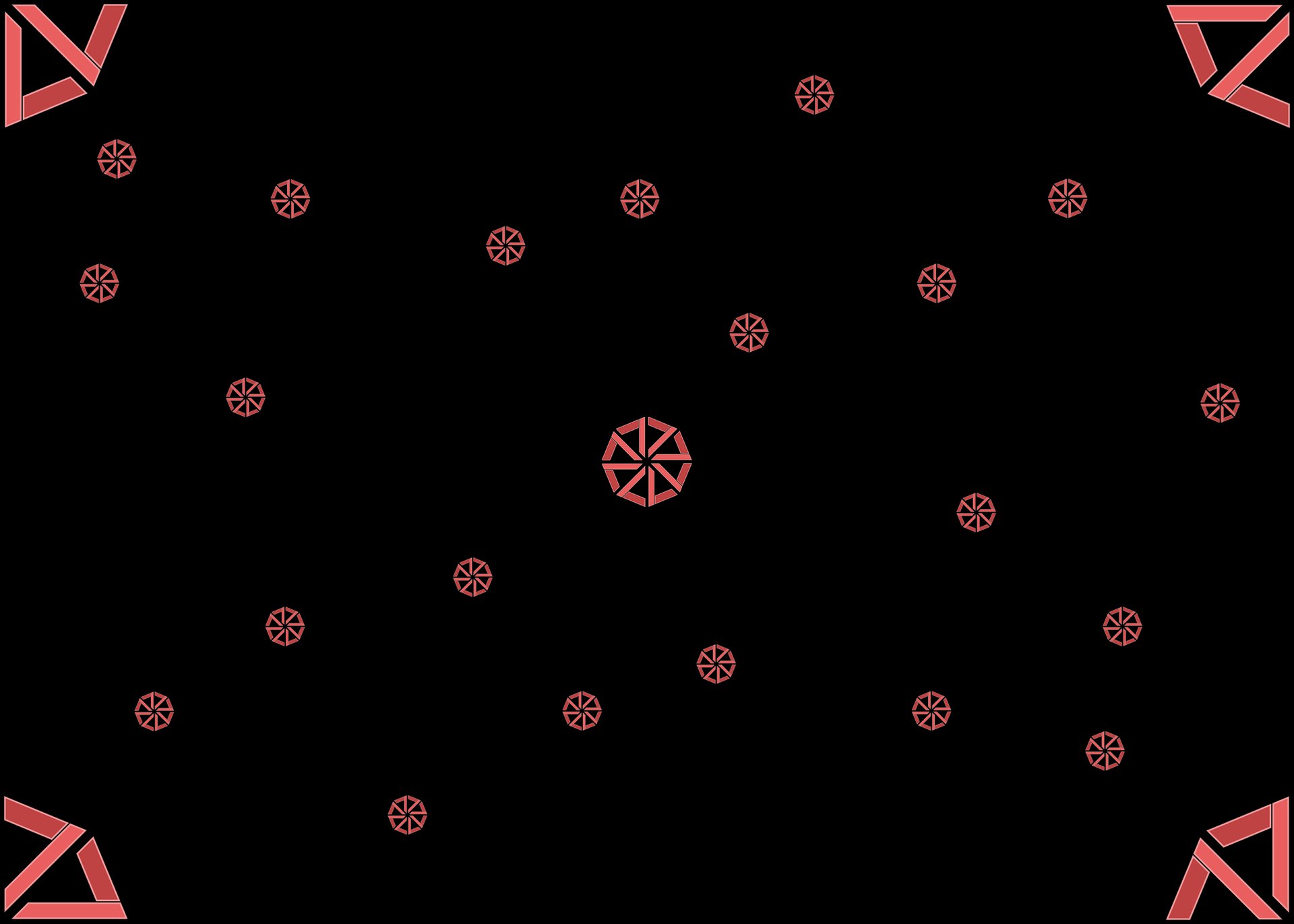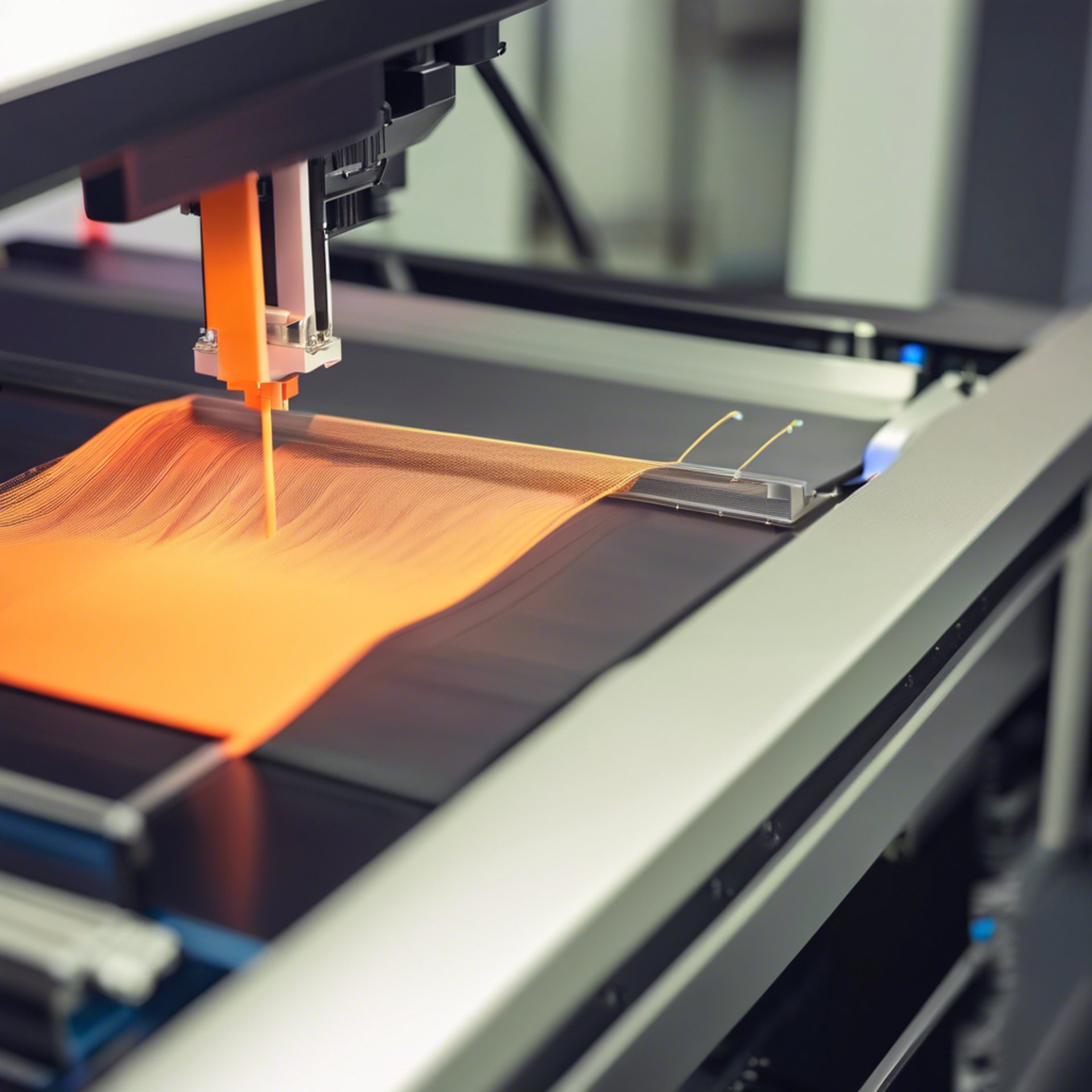
Introducing SLA Printing
Learn about SLA printing process, materials, advantages, disadvantages, applications, and technology comparison.
Introduction to SLA Printing
Stereolithography (SLA) is a type of 3D printing technology that involves building objects layer by layer using a photopolymer resin. This process was invented by Chuck Hull in the early 1980s and has since become a popular method for producing high-resolution and highly detailed 3D prints.
Stereolithography (SLA) printing involves a precise and intricate process where a liquid photopolymer resin is cured and solidified using a UV laser or LED light. The main components of an SLA printer include the resin tank, where the liquid resin is stored, the build platform, where the object is constructed, and the light source (laser or LED) that cures the resin.
The process starts with creating a digital 3D model using Computer-Aided Design (CAD) software. This model is then sliced into thin layers using slicing software, which generates instructions for the printer. As the printer follows these instructions, the light source selectively cures the resin layer by layer, solidifying it to form the final object. After printing, the object typically requires post-processing steps such as rinsing in isopropyl alcohol to remove uncured resin and curing under UV light to achieve full strength and stability.
Why pick SLA?
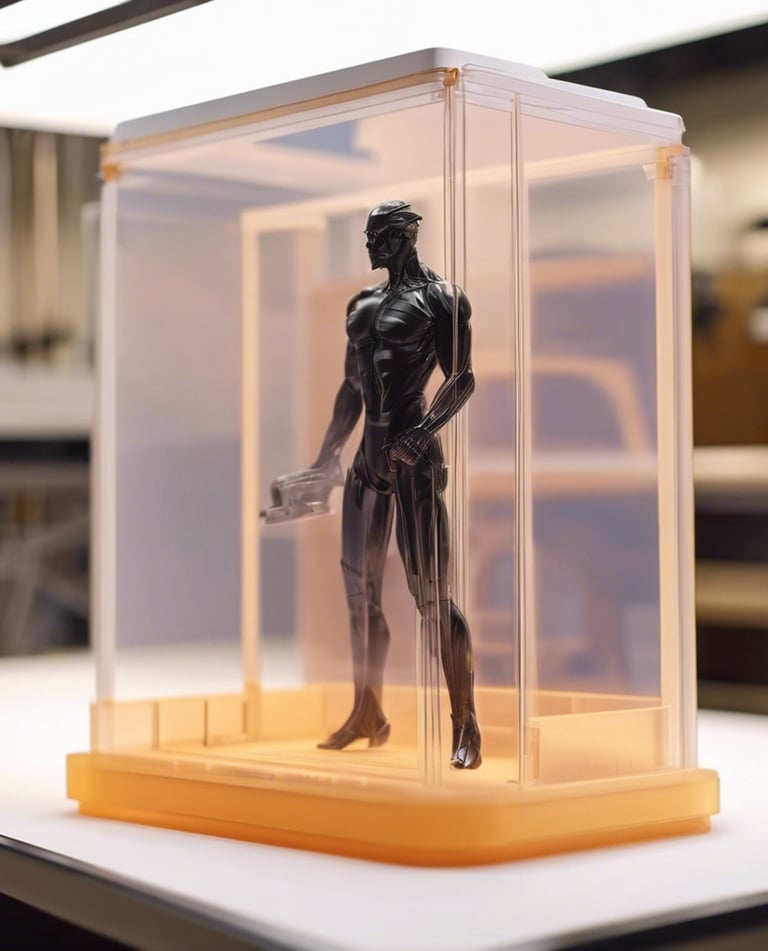

Introduction to SLA
Learn about SLA printing process and its components
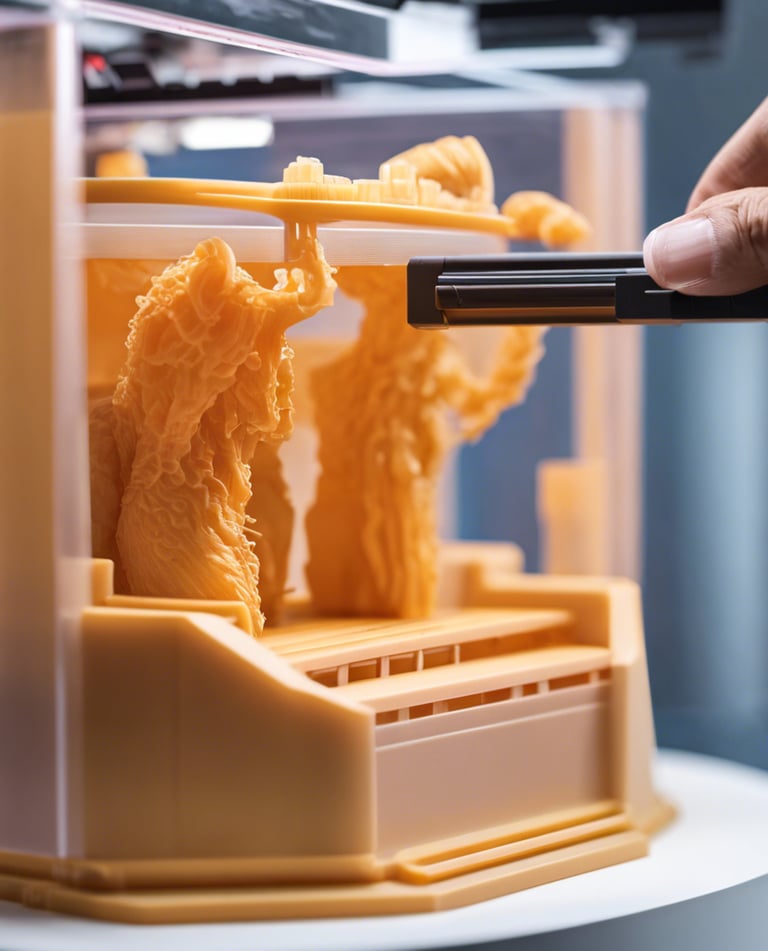

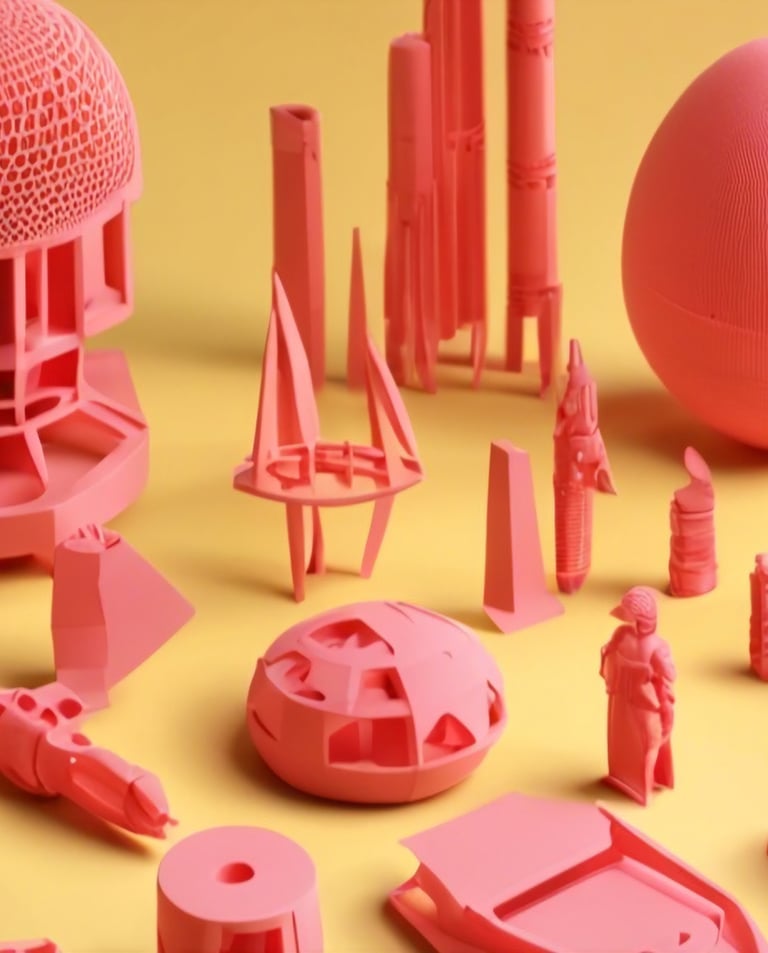

Advantages of SLA
Discover the benefits of using SLA technology
Resins Used in SLA
Explore Resins for SLA printing
Why use SLA?
Resins we specialize with
SLA printing utilizes photopolymer resins that harden when exposed to ultraviolet (UV) light, creating highly detailed and smooth parts. Two common types of resins used in SLA printing are Standard Resin and Tough Resin.
Standard Resin is widely used due to its versatility and high-quality surface finish. It is ideal for creating intricate models, prototypes, and visual art pieces. Standard Resin is known for its ease of printing and post-processing, making it suitable for applications requiring fine details and smooth surfaces. It is a great choice for designers and hobbyists looking to produce visually appealing and precise objects.
Tough Resin is designed for applications demanding greater strength and durability. This resin offers enhanced mechanical properties, making it resistant to impact and stress. Tough Resin is suitable for functional prototypes, engineering parts, and items that will undergo wear and tear. It is commonly used in industries such as automotive, aerospace, and product design, where robustness and reliability are crucial.
SLA printing offers numerous advantages that make it an excellent choice for both industrial and personal use. One of the primary benefits is its high level of precision; SLA printers produce detailed and intricate parts with smooth surface finishes. This precision makes the technology ideal for applications requiring fine detail.
Another significant advantage is the material versatility, as SLA printing supports a wide range of resins. This variety caters to different needs and applications. Additionally, SLA printing is known for its reliability and consistency, providing users with the confidence that their designs will be accurately reproduced every time.
The technology also excels in producing complex geometries that would be challenging to achieve with other methods. These benefits make SLA printing a valuable tool for creating everything from artistic pieces to functional prototypes and end-use parts.

